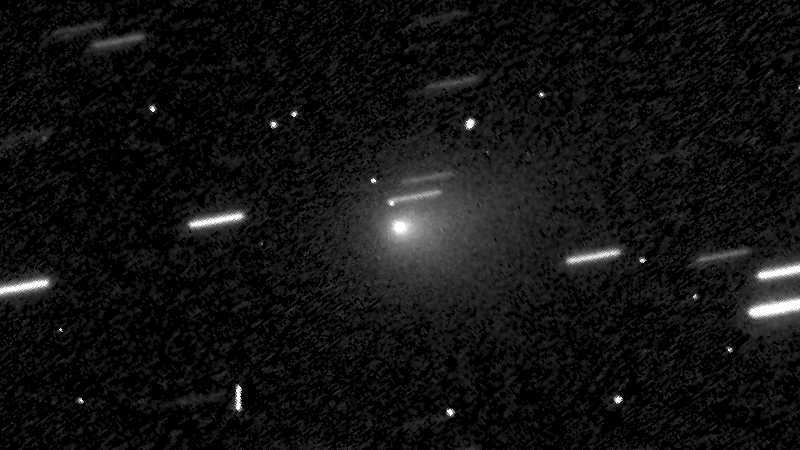Designed to map galaxies, the SPHEREx mission’s first science result is instead about interstellar interloper 3I/ATLAS. No, it’s not aliens.
When it comes to finding out about the Universe in a scientific fashion, most of us think about performing experiments here on Earth under laboratory controlled conditions. That’s all well and good for many different scientific fields — experimental physics, chemistry, biology, etc. — but for astronomy and astrophysics, our laboratory is the depths of space, and whatever the Universe happens to show us while we’re looking at it. For most of human history, the only objects we ever discovered in our own Solar System were native objects: objects that are and always were members of our Solar System, just like we are.
That changed in 2017, when interstellar interloper ‘Oumuamua arrived: our first known object within the Solar System to originate from outside of it. Then, 2019 brought with it another interstellar object: Borisov, which was larger and appeared much more like a conventional comet than ‘Oumuamua did. Starting in early July of 2025, we got our first glimpse of humanity’s third identified interstellar interloper: 3I/ATLAS, which initially appeared to be larger, brighter, and…









